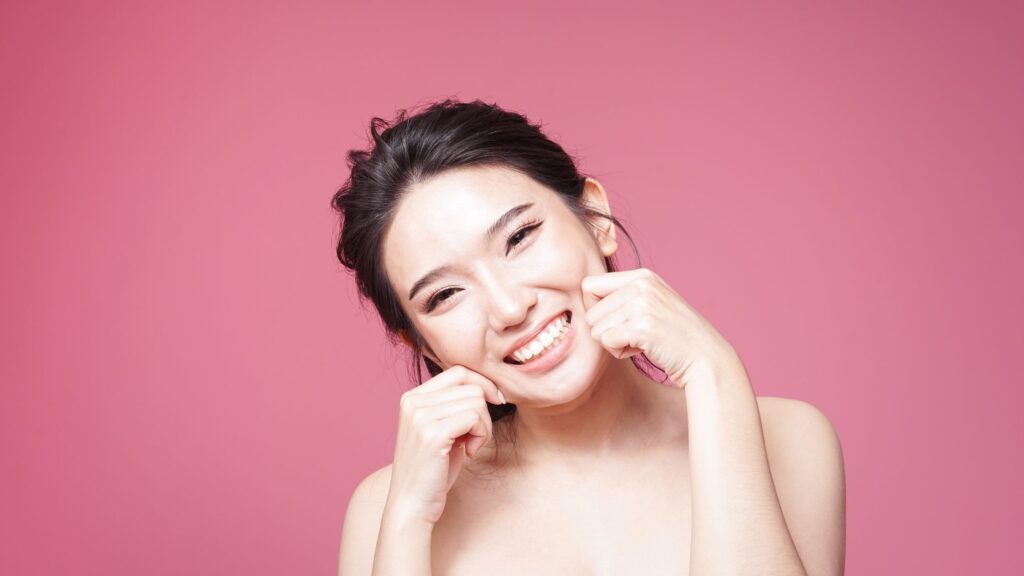Table of Content
- 10 Step Korean Skincare Routine
- Oil-Based Cleansers
- Water-Based Cleansers
- Toners
- Essences
- Serums & Boosters
- Eye Creams
- Moisturizers
- Exfoliators
- Sheet Masks & Sleeping Masks
- SPF (Sunscreem)
If you’re new to skincare or considering the 10-step Korean skincare routine, you might feel overwhelmed by the number of products and steps involved. You may be wondering how to start, what products you need, whether double cleansing is necessary, and if you should implement all ten steps immediately. It’s natural to feel confused, but don’t worry we’re here to guide you through the world of K-Beauty skincare with confidence.
The Korean skincare philosophy is built on the belief that caring for your skin is an investment in your overall well-being. This 10-step routine isn’t a rigid set of rules, but a customizable framework adaptable to your skin’s unique needs. Each step serves a specific purpose, from thorough cleansing to intense hydration and protection. Whether you’re dealing with dryness, oiliness, acne, aging concerns, or simply aiming for that coveted glass skin glow, this routine offers solutions.
Remember, you don’t need to incorporate all steps at once it’s often best to start slowly and gradually build up your routine. In this guide, we’ll break down each step, explain its purpose, and provide tips on how to achieve healthy, radiant skin through the Korean skincare approach.
10 Step Korean Skincare Routine
#1 Oil-Based Cleansers
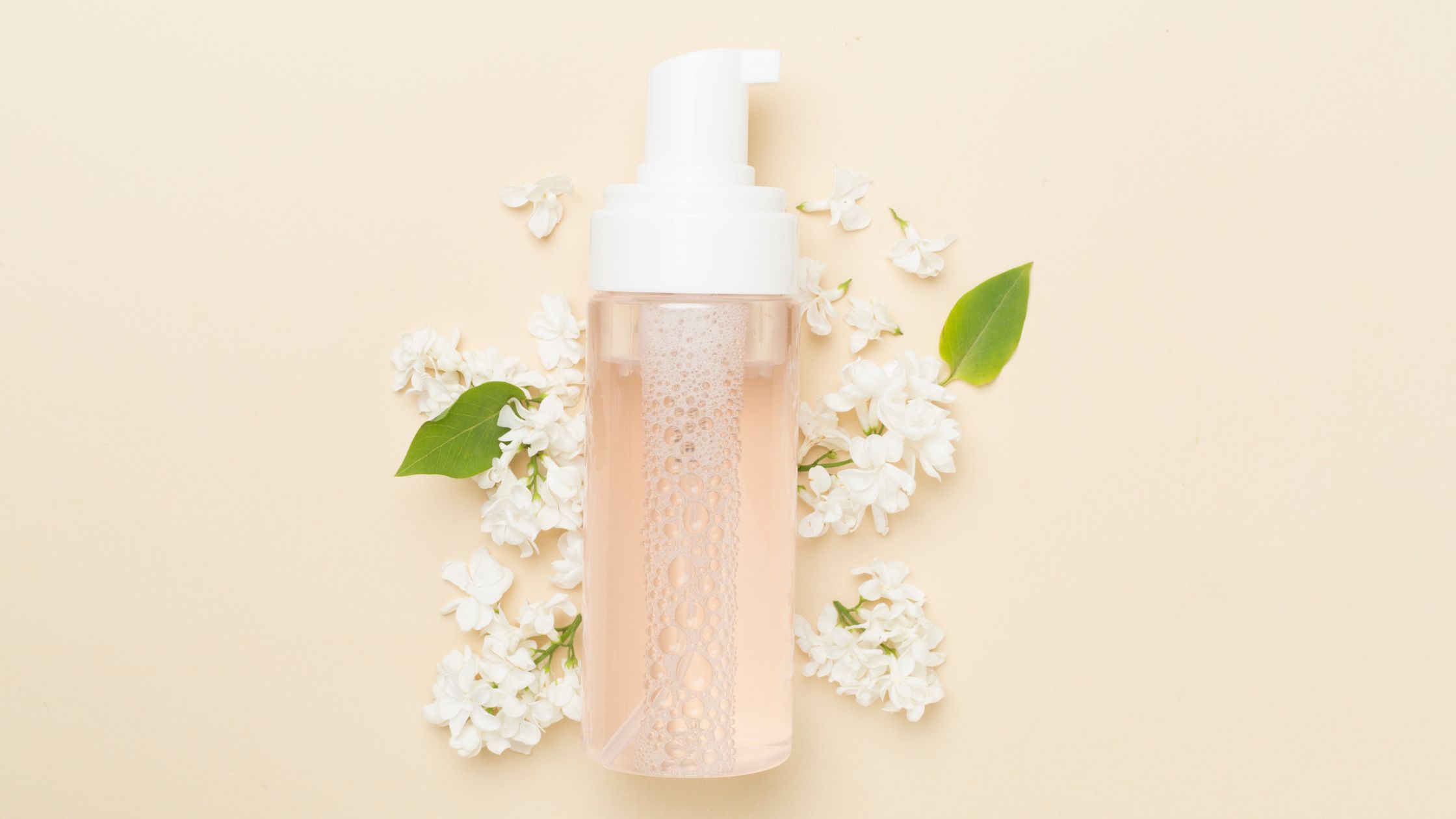
Oil-based cleansers are the first step in the double cleansing technique, which is fundamental to Korean skincare. These cleansers are designed to effectively remove oil-based impurities such as makeup, sunscreen, and excess sebum.
The principle behind using an oil-based cleanser is that like dissolves like. These cleansers work by attracting and dissolving oil-based substances on your skin without stripping away the natural oils that are beneficial for your skin’s health.
They’re particularly effective at removing waterproof makeup and sunscreen, which can be difficult to remove with water-based cleansers alone. After using an oil-based cleanser, your skin should feel clean but not tight or dry, as the natural moisture barrier remains intact.
#2 Water-Based Cleansers
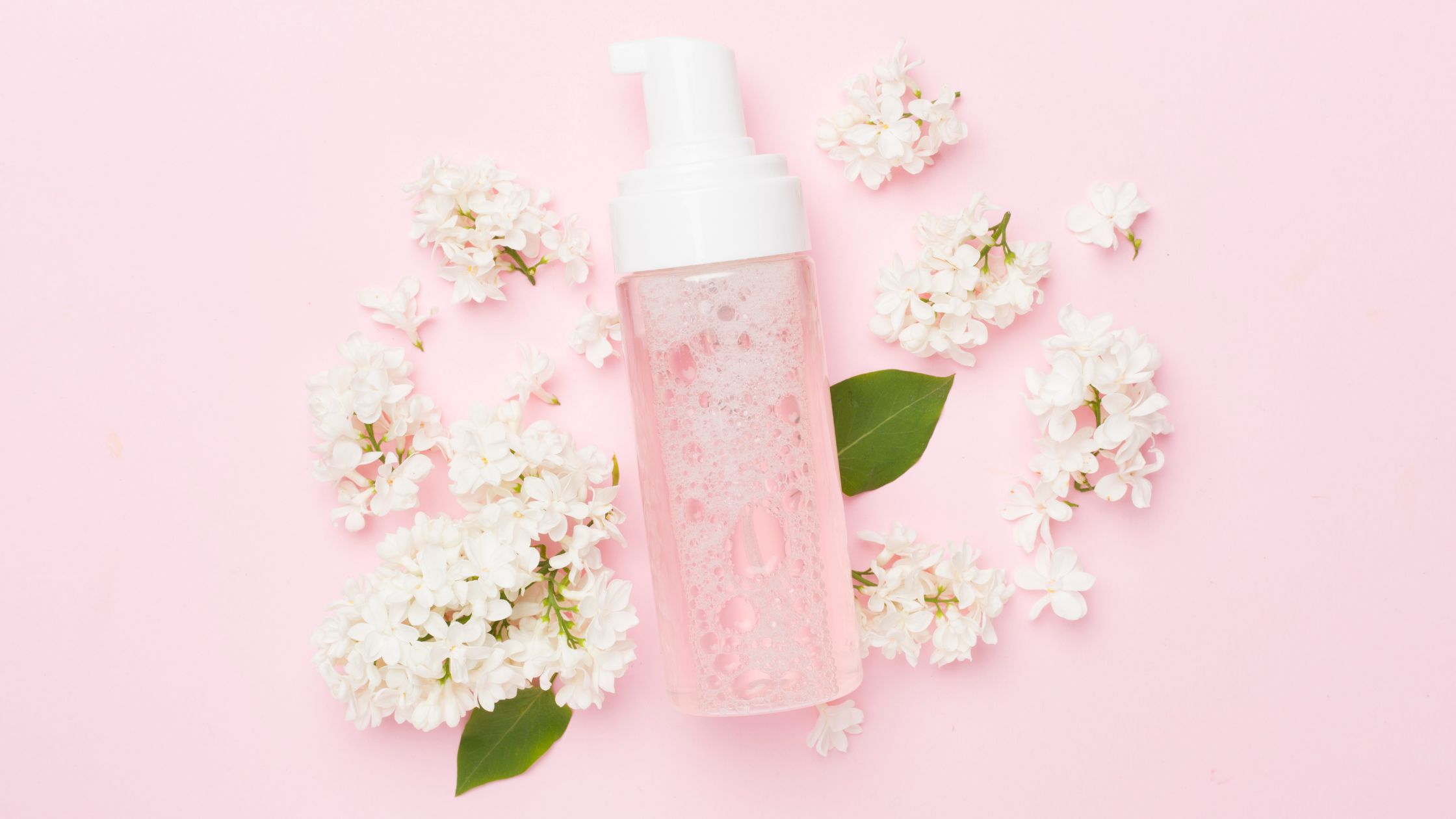
Following the oil-based cleanser, a water-based cleanser is used to remove any remaining water-soluble impurities and residue from the oil cleanser. This step completes the double cleansing process. When choosing a water-based cleanser, it’s important to select one with a low pH that closely matches your skin’s natural pH (around 5.5).
This helps maintain your skin’s acid mantle, which is crucial for protecting against bacteria and environmental stressors. Avoid cleansers with high pH levels or harsh sulfates, as these can strip your skin of its natural oils and disrupt its balance. A gentle, hydrating water-based cleanser will ensure your skin is thoroughly clean without feeling dry or tight.
#3 Toners
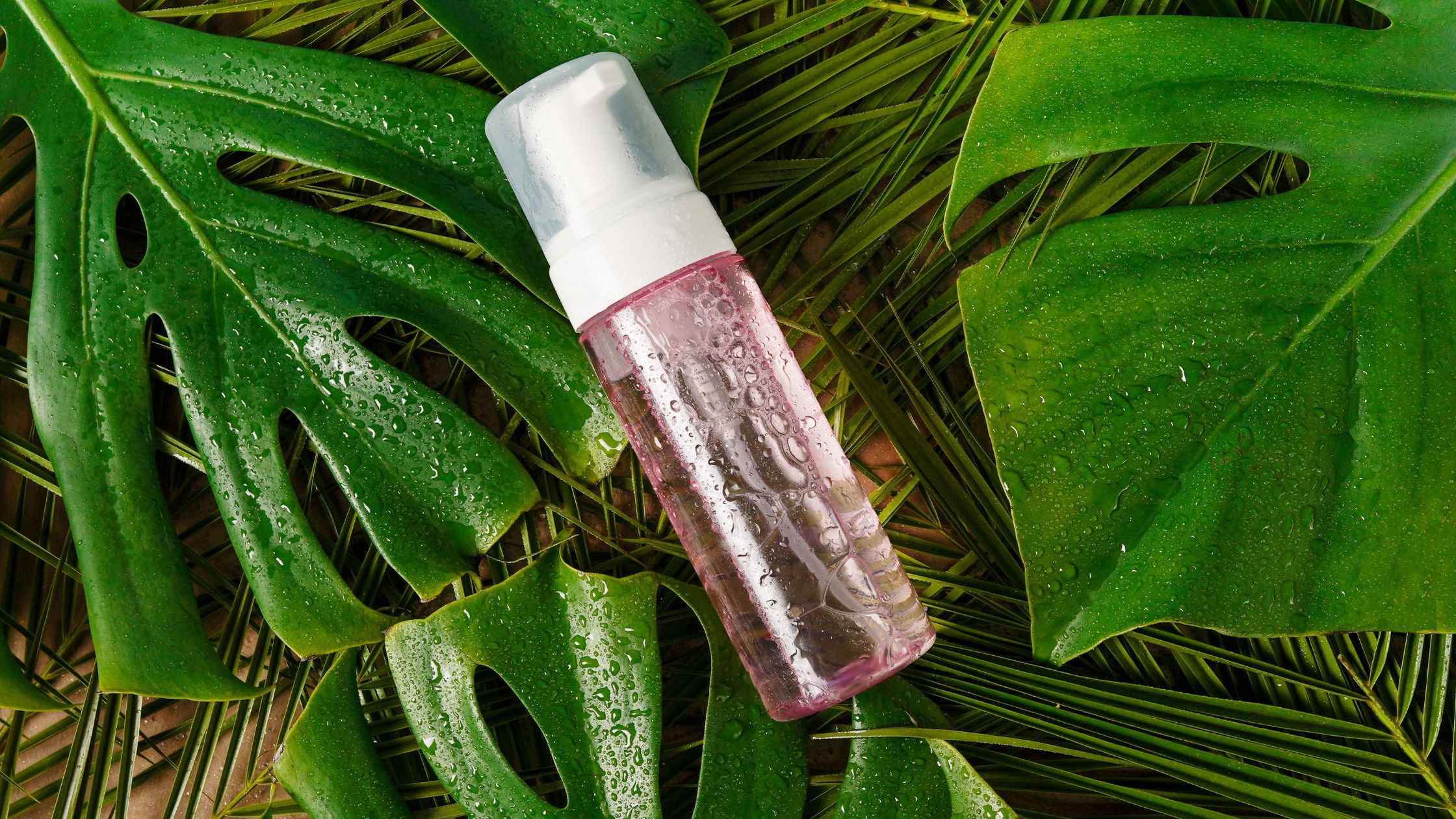
Korean toners differ significantly from traditional Western toners. Instead of being astringent or alcohol-based, Korean toners are designed to hydrate and balance the skin’s pH. They serve as a preparatory step for the rest of your skincare routine, helping to enhance the absorption of subsequent products. These toners often contain hydrating ingredients and help to restore the skin’s pH to its slightly acidic state (around 5.5) after cleansing.
This pH balance is crucial for maintaining the skin’s protective barrier, known as the acid mantle. By using a Korean toner, you’re not only adding an extra layer of hydration but also ensuring that your skin is in the optimal state to receive the benefits of the products that follow in your routine.
#4 Essences
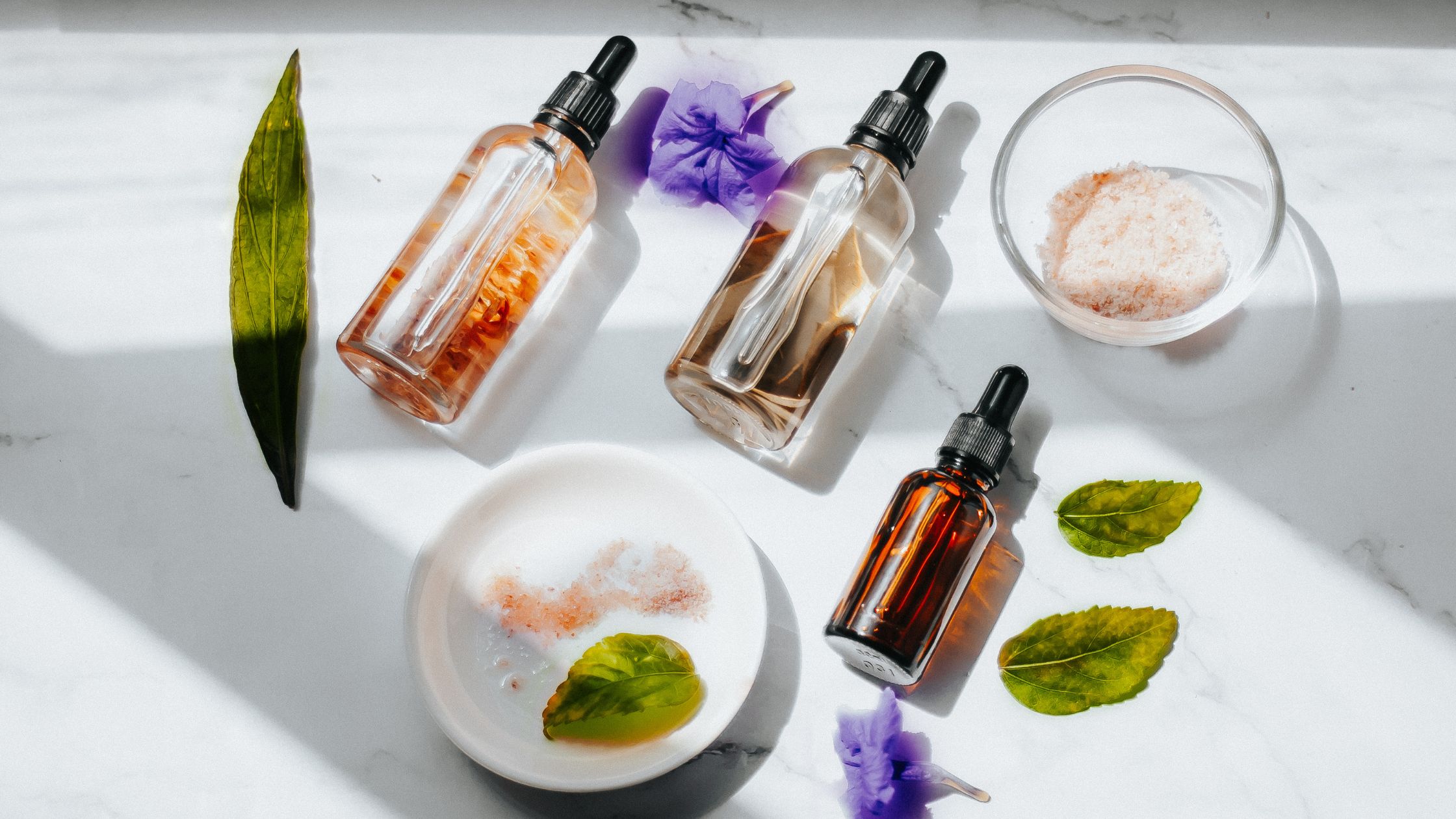
Essences are a quintessential part of Korean skincare and are often referred to as the heart of the routine. They are lightweight, hydrating formulas that penetrate deeply into the skin, providing intense hydration and aiding in cellular turnover. Think of essences as a power-packed hydration step that preps your skin to better absorb the products that follow.
They typically contain a high concentration of active ingredients like hyaluronic acid, glycerin, or fermented ingredients. Regular use of an essence can lead to plumper, more radiant skin. The hydration provided by essences is crucial because well-hydrated skin is better equipped to absorb and utilize the active ingredients in your other skincare products.
#5 Serums & Boosters
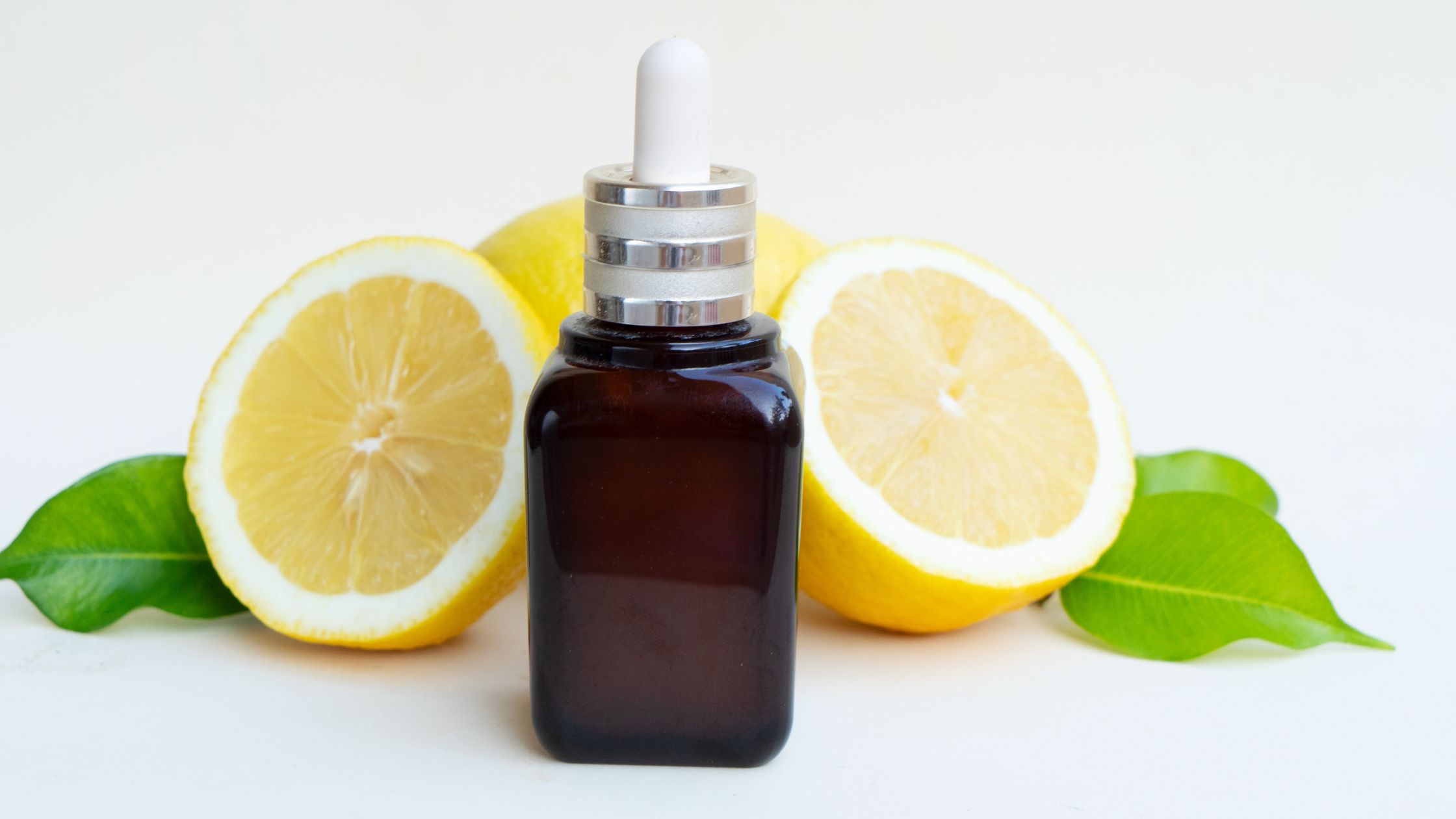
Serums and boosters are concentrated formulations designed to target specific skin concerns. They contain a high percentage of active ingredients and are meant to deliver these potent compounds deep into the skin. Serums might address issues like hyperpigmentation, fine lines, or acne, while boosters can be mixed with other products to enhance their effects.
For example, a vitamin C serum might be used to brighten the skin and fade dark spots, while a hyaluronic acid booster could be added to your moisturizer for an extra hydration boost. The key is to choose serums and boosters that address your particular skin concerns and to layer them from thinnest to thickest consistency.
#6 Eye Creams
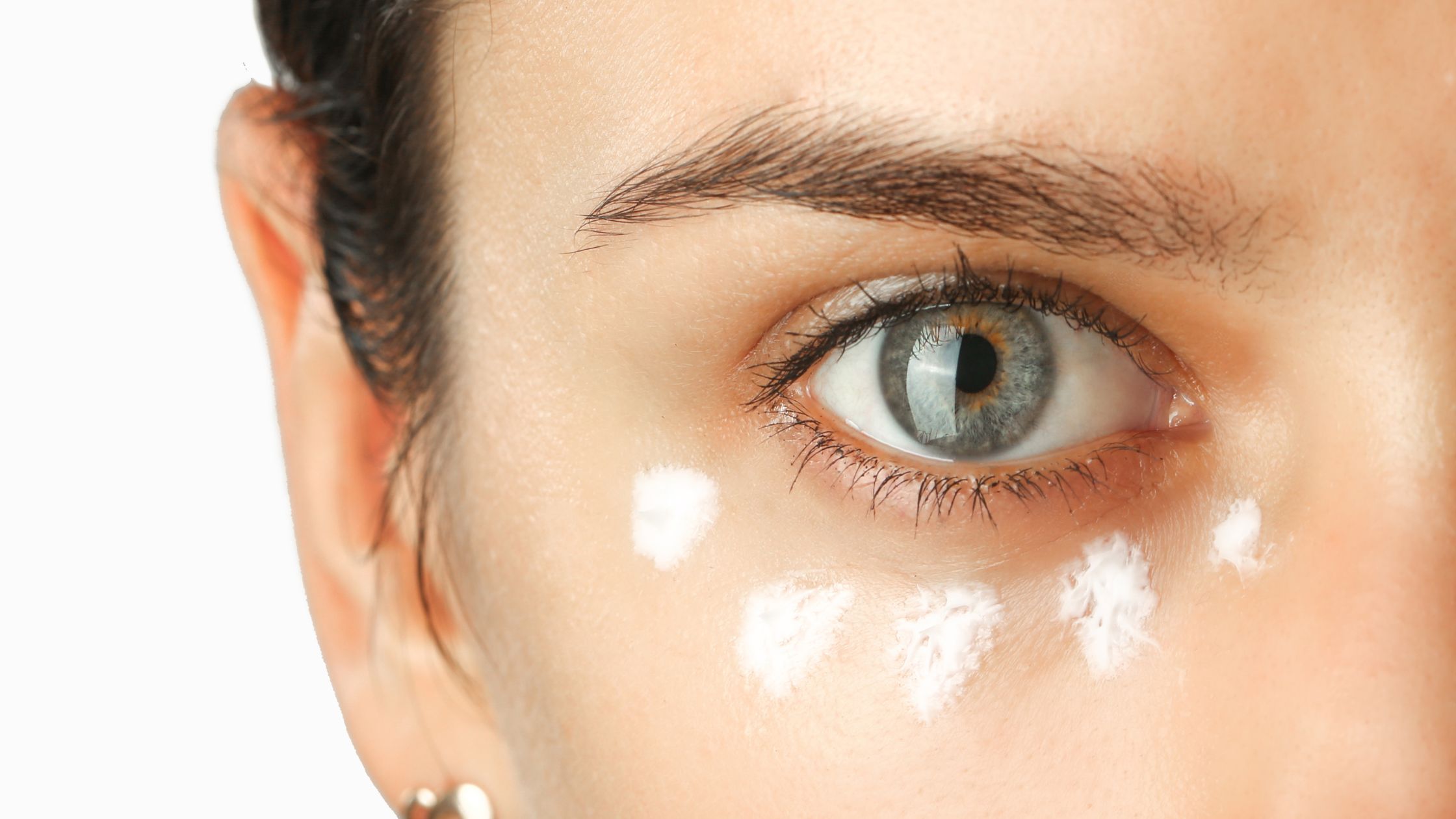
The skin around the eyes is delicate and often shows the first signs of aging. Eye creams are formulated specifically for this sensitive area, with ingredients targeted at common concerns like dark circles, puffiness, and fine lines. They tend to be richer and more nourishing than regular facial moisturizers.
In the Korean skincare routine, eye cream can be applied before or after moisturizer, depending on its consistency and your personal preference. The general rule is to apply thinner products first. When applying eye cream, use your ring finger (which naturally applies the least pressure) and gently pat the product around the orbital bone, avoiding pulling or tugging at the delicate skin.
ALSO READ: Ashwagandha Skin Benefits
#7 Moisturizers
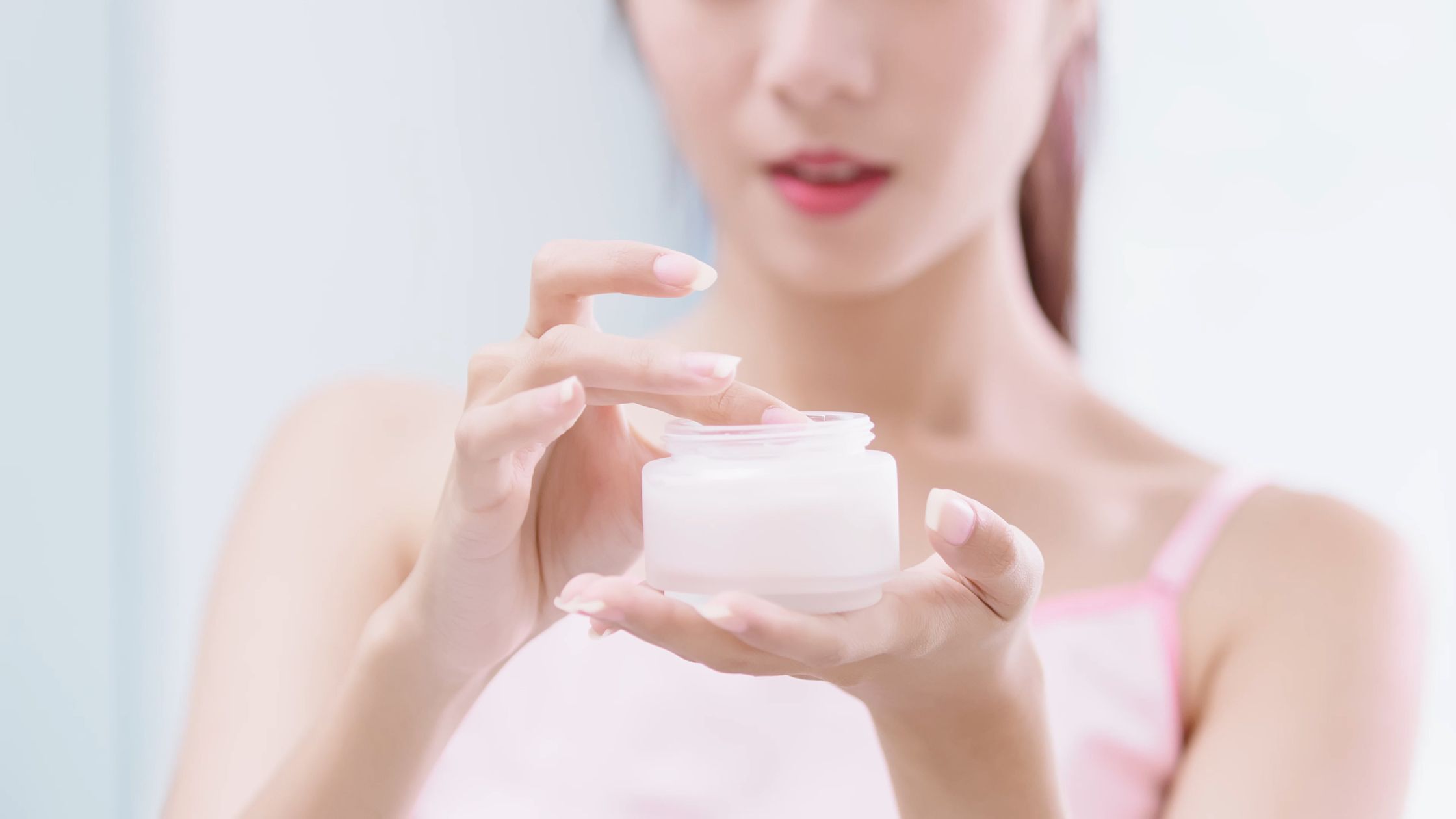
Moisturizers play a crucial role in Korean skincare by sealing in all the hydration and active ingredients from the previous steps. They also provide an additional layer of hydration and create a protective barrier on the skin. This barrier is essential for preventing transepidermal water loss, which occurs when moisture evaporates from the skin, especially in dry environments or when the skin barrier is compromised.
Korean moisturizers often contain occlusives, which form a thin protective film on the skin’s surface to lock in hydration. The type of moisturizer you choose should depend on your skin type and concerns – for example, a lightweight gel for oily skin or a richer cream for dry skin.
#8 Exfoliators

Exfoliation is a crucial step in Korean skincare, typically done 1-3 times a week depending on your skin type and the product used. There are two main types of exfoliators: physical (scrubs) and chemical (AHAs, BHAs). Exfoliation removes dead skin cells, unclogs pores, and promotes cell turnover, resulting in brighter, smoother skin.
It also enhances the absorption of other skincare products and stimulates collagen production, which can help reduce the appearance of fine lines and improve skin elasticity. However, it’s important not to over-exfoliate, as this can damage the skin barrier and lead to irritation. Listen to your skin and adjust the frequency of exfoliation as needed.
#9 Sheet Masks & Sleeping Masks
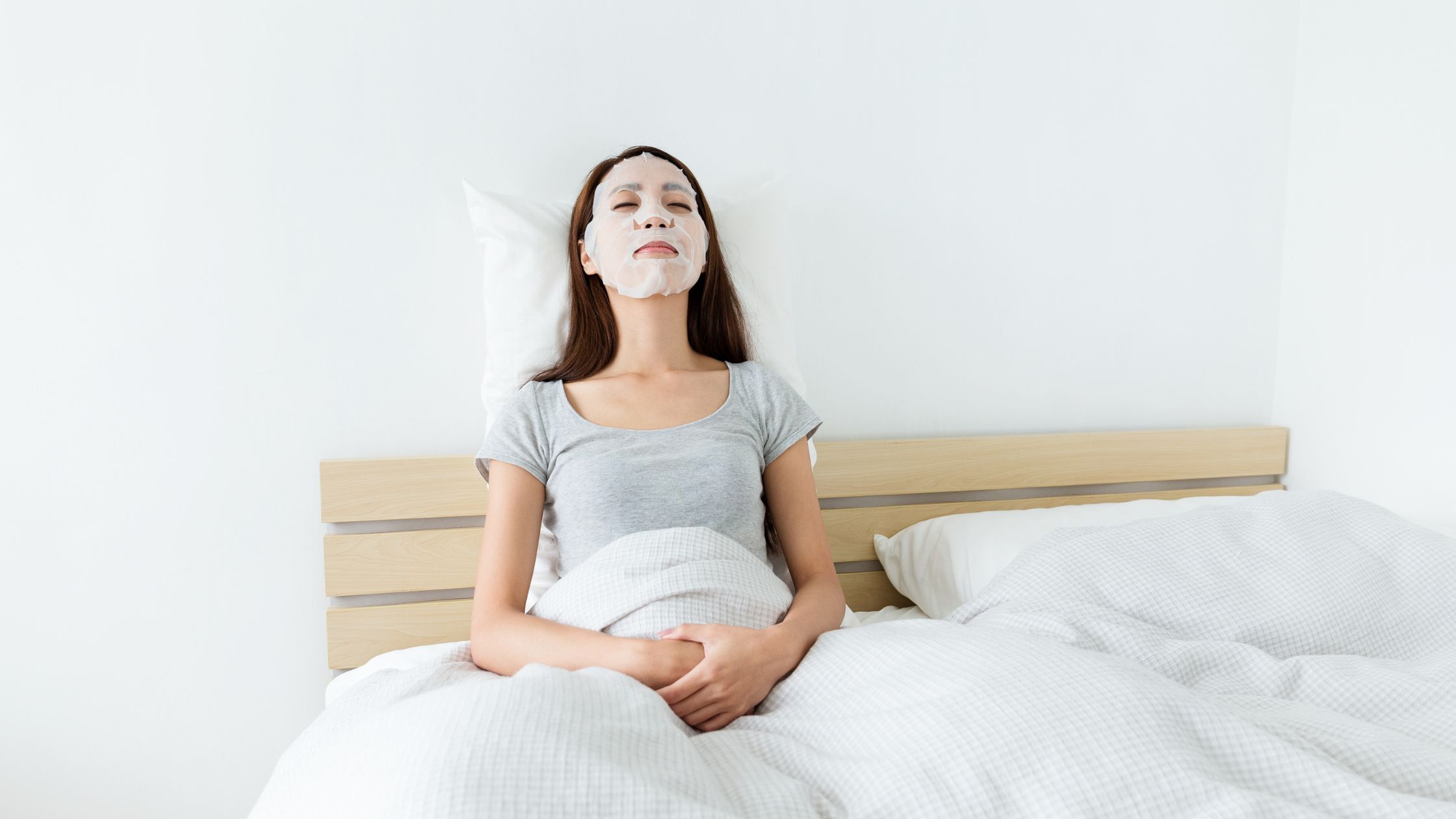
Sheet masks are a hallmark of Korean skincare, providing an intense boost of hydration and nourishment. They work by creating an occlusive barrier that prevents the essence from evaporating, allowing for maximum absorption into the skin. Sheet masks can be used 1-2 times a week or more, depending on your skin’s needs.
Sleeping masks, on the other hand, are leave-on treatments designed to work overnight while your skin is in repair mode. They can either replace your nighttime moisturizer or be used in addition to it, depending on your skin type and needs. Hydrating sleeping masks can often be used daily, while those with more potent active ingredients might be best used a few times a week.
#10 SPF (Sunscreen )
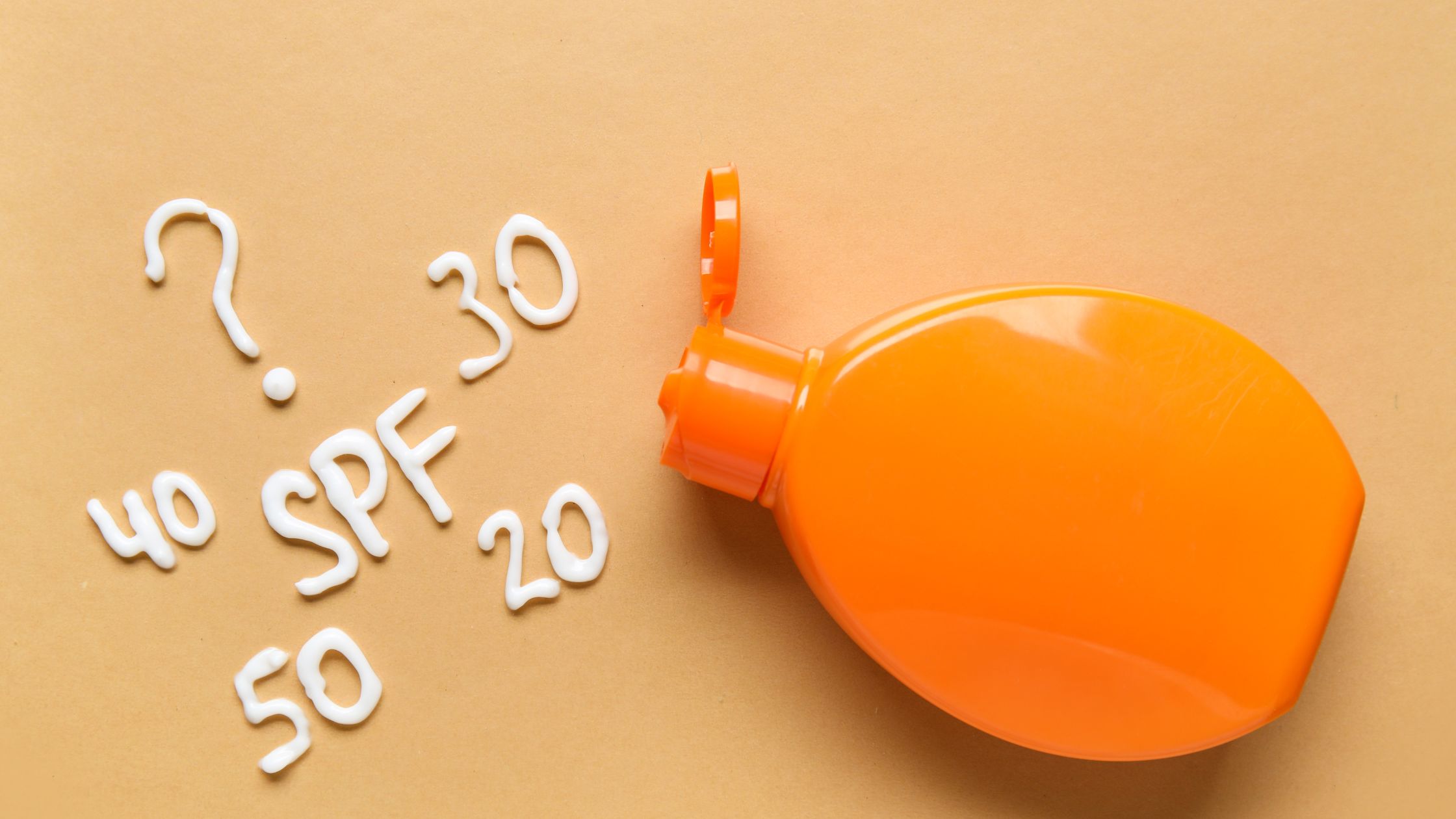
Sunscreen is the final and arguably most crucial step in the morning skincare routine. It protects the skin from harmful UV rays, preventing premature aging, hyperpigmentation, and skin damage. In Korean skincare, sunscreen is viewed as a non-negotiable daily step, regardless of the weather or season.
There are two main types of sunscreens: mineral (physical) and chemical. Mineral sunscreens, containing zinc oxide and/or titanium dioxide, work by reflecting UV rays. Chemical sunscreens absorb UV rays and convert them into heat. Both types are effective when used correctly. The key is to choose a broad-spectrum sunscreen with at least SPF 30 and to apply it generously and reapply throughout the day as needed.
Remember, while this 10-step routine is comprehensive, it’s also flexible. You can adjust it based on your skin’s needs, adding or removing steps as necessary. The goal is to achieve healthy, balanced skin through consistent care and protection.
ALSO READ: DIY Skincare For All Skin Types
ALSO READ: DIY Lip Scrub For Soft and Smooth Lips

